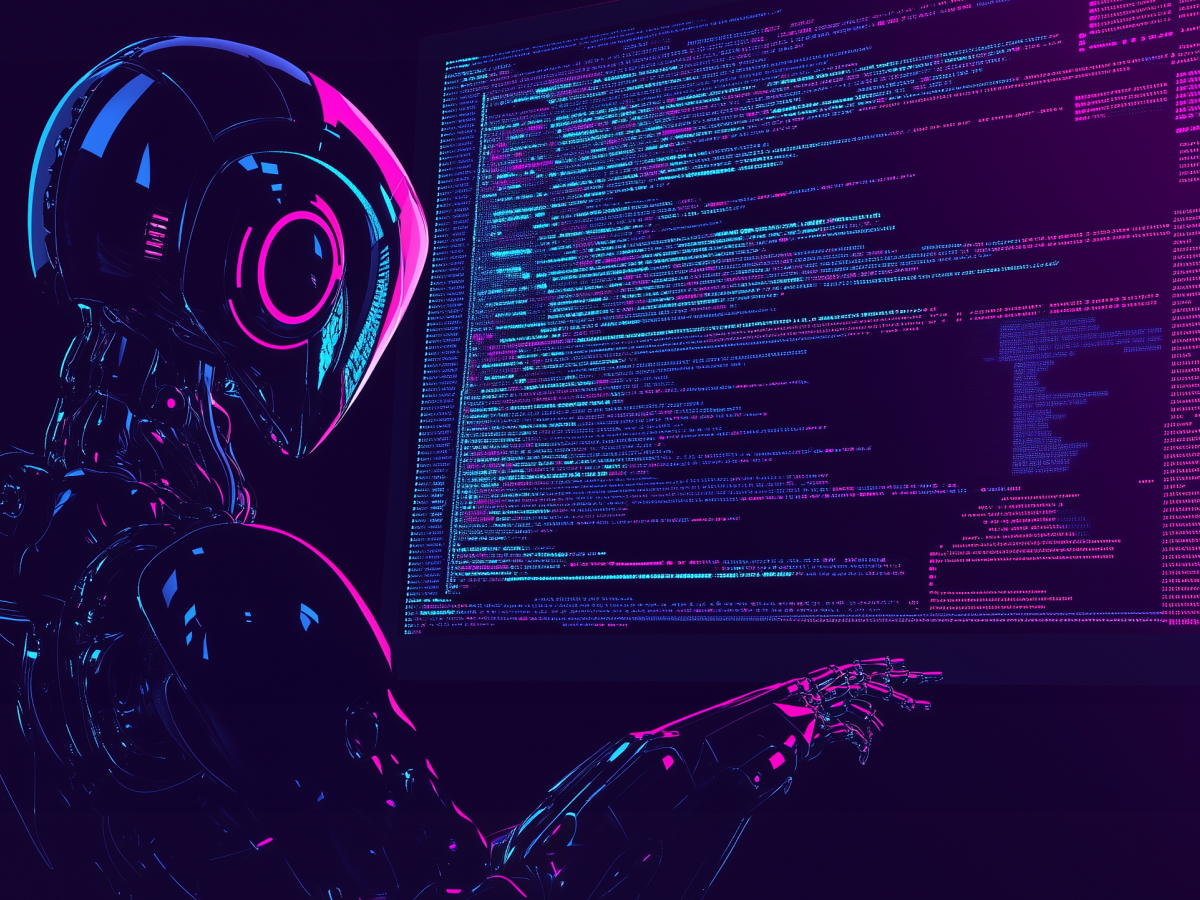AI-driven coding is no longer a niche concept. It’s now becoming a staple tool in the development world. But like any powerful tool, it brings its own set of challenges. On the bright side, AI-written code saves time, tackles repetitive tasks, and can even solve problems in innovative ways that human developers may not consider immediately. Yet, the quirks of AI-generated outputs demand attention, especially when it comes to maintenance.
The first hurdle is inconsistency. Developers often find that AI tools fail to adhere to consistent naming conventions or styles, making the code feel patchy and disconnected. Imagine trying to maintain a house where every room is painted a different shade of green, it’s disorienting and far from efficient. Similarly, AI’s tendency to overengineer solutions can clutter a project. Simple tasks often end up bloated with unnecessary steps or overly complex logic, requiring developers to go back and strip things down.
Another common challenge is dealing with unconventional patterns or unfamiliar libraries. AI tools sometimes pull in obscure coding approaches, leaving developers scratching their heads as they work to understand why these choices were made. It’s like opening a toolbox and finding a tool you’ve never seen before. Useful, maybe, but only if you know how to handle it.
How AI tools assist in refactoring and maintenance
Despite these challenges, AI tools are proving to be invaluable partners in refactoring and maintenance tasks. They’re particularly good at sifting through massive codebases, pinpointing bugs, and flagging sections that need optimization. This saves countless hours that would otherwise be spent on manual review.
Take the tedious process of renaming variables or updating outdated APIs. AI can handle these tasks quickly and accurately across an entire codebase. It’s like having an assistant who works tirelessly on the repetitive, mundane parts, leaving the complex decision-making to you. Beyond that, AI tools excel at suggesting improvements to simplify and clean up code. They spot inefficiencies that human developers might overlook and recommend elegant solutions grounded in best practices.
For example, tools like GitHub Copilot can identify areas where boilerplate code clogs up a project and suggest ways to simplify it. The same goes for repetitive patterns that don’t add value. AI makes sure those distractions are minimized, letting developers focus on the aspects that require real problem-solving.
The need for human oversight in AI-driven coding
Let’s be clear, AI is not ready to operate solo. Think of it as an eager intern, it’s knowledgeable and capable, but it needs oversight to avoid costly errors. Developers consistently find that human review is needed to make sure that AI-generated code is usable and aligns with project goals.
Iterative refinement plays a huge role here. Developers must examine, test, and refine the outputs to weed out inaccuracies. AI is prone to “hallucinations,” or confidently delivering wrong answers, which could derail a project if left unchecked. Without a clear understanding of business context, AI tools often make decisions that appear logical but miss the mark entirely when it comes to the bigger picture.
This is why the human touch is indispensable. Developers and QA engineers need to validate AI’s work, bridging the gap between technical execution and strategic intent. In fact, QA engineers are likely to evolve into a new breed of “refactoring engineers,” combining their expertise in quality assurance with the ability to guide and refine AI-generated code.
AI in development and maintenance
AI’s role in coding is expanding, but it’s still in its infancy. For now, most codebases include only small fractions of AI-generated work. That will change as organizations integrate these tools more deeply into their workflows. Developers envision a future where AI tools incrementally reshape legacy systems, a process akin to the “strangler vine” pattern.
Here’s how it might work: AI starts by documenting and analyzing existing systems, layering new insights and improvements over the old infrastructure. Over time, as AI accumulates enough context about the system and its business goals, it could gradually take over more responsibilities in the maintenance and refactoring process. This doesn’t mean replacing developers but augmenting their capabilities in ways we’re just beginning to explore.
Still, even as AI advances, the human role in overseeing and shaping code will remain invaluable. Code quality, consistency, and alignment with business needs all require judgment, creativity, and nuance, qualities that machines can’t replicate.





